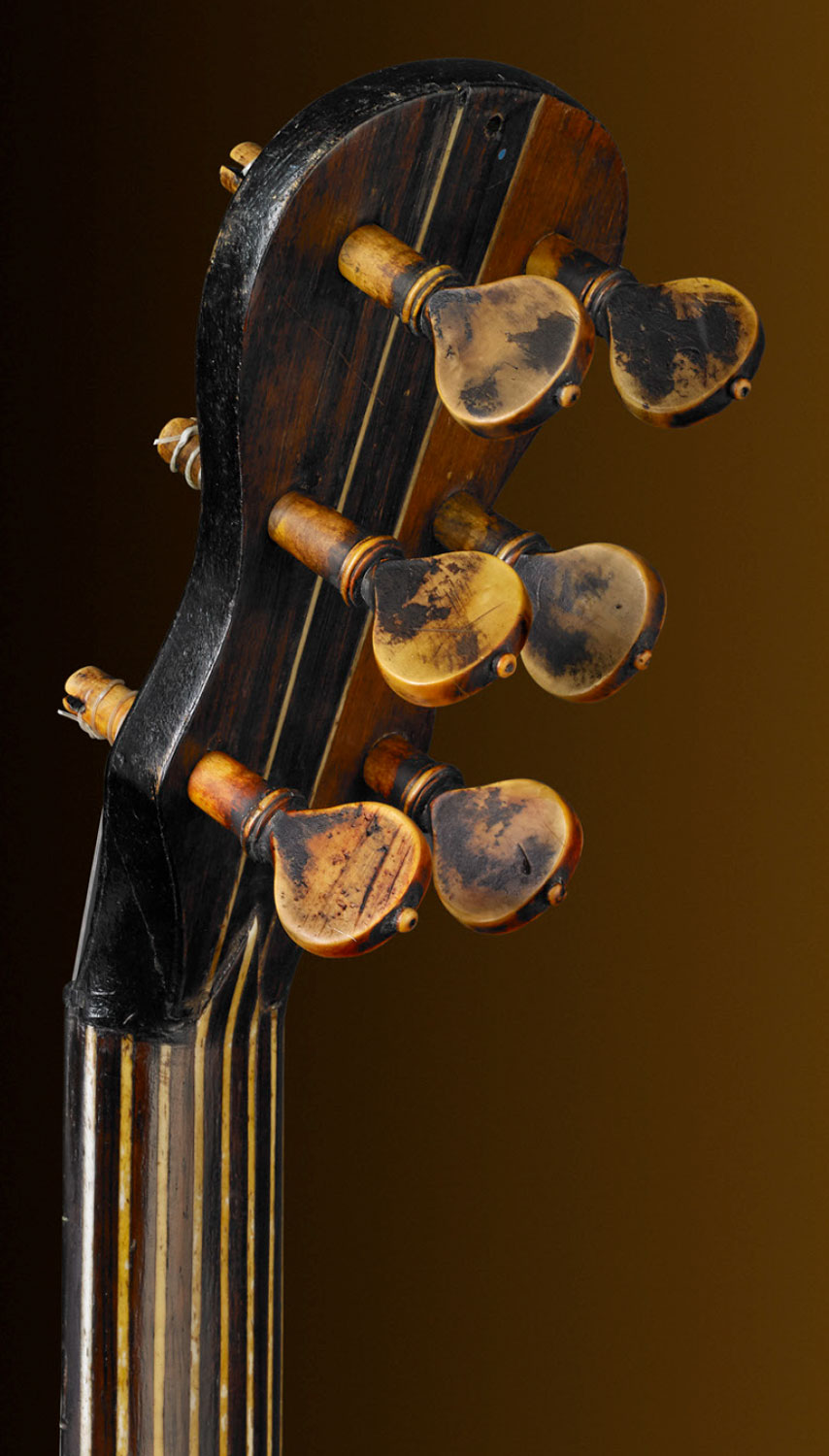The Twilight of Courses
Six Single Strings
The latter half of the eighteenth century saw the evolution of the guitar’s five courses into a configuration of six single strings familiar to the modern instrument. To judge by contemporary reports, this was principally done for practical reasons, including the relative ease with which an instrument of single strings could be tuned and the strings engaged by the fingertips or nails.


The journey to six single strings was often circuitous. Spain witnessed the evolutionary passage to the six-string guitar via the six-course guitar equipped with twelve strings. The Italians engaged in a short-lived flirtation with five single strings while the French path may have been influenced by the different stringing configurations of their lyre guitars.
One of the most important factors in the development of the modern guitar was the addition of the sixth string, and there are many candidates for the earliest surviving six single-string guitar originating from various parts of Europe. However, guitars consistently bear labels placing the city and country of origin as Naples, Italy.
